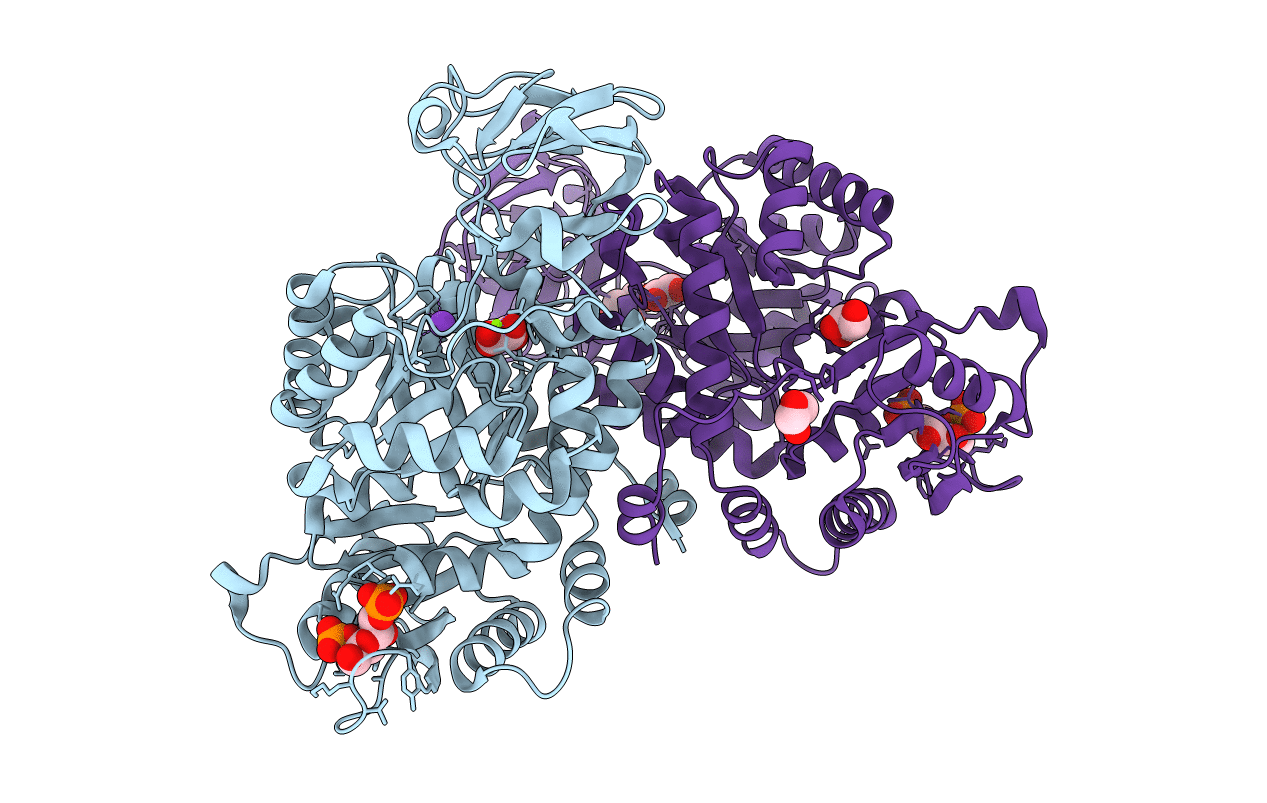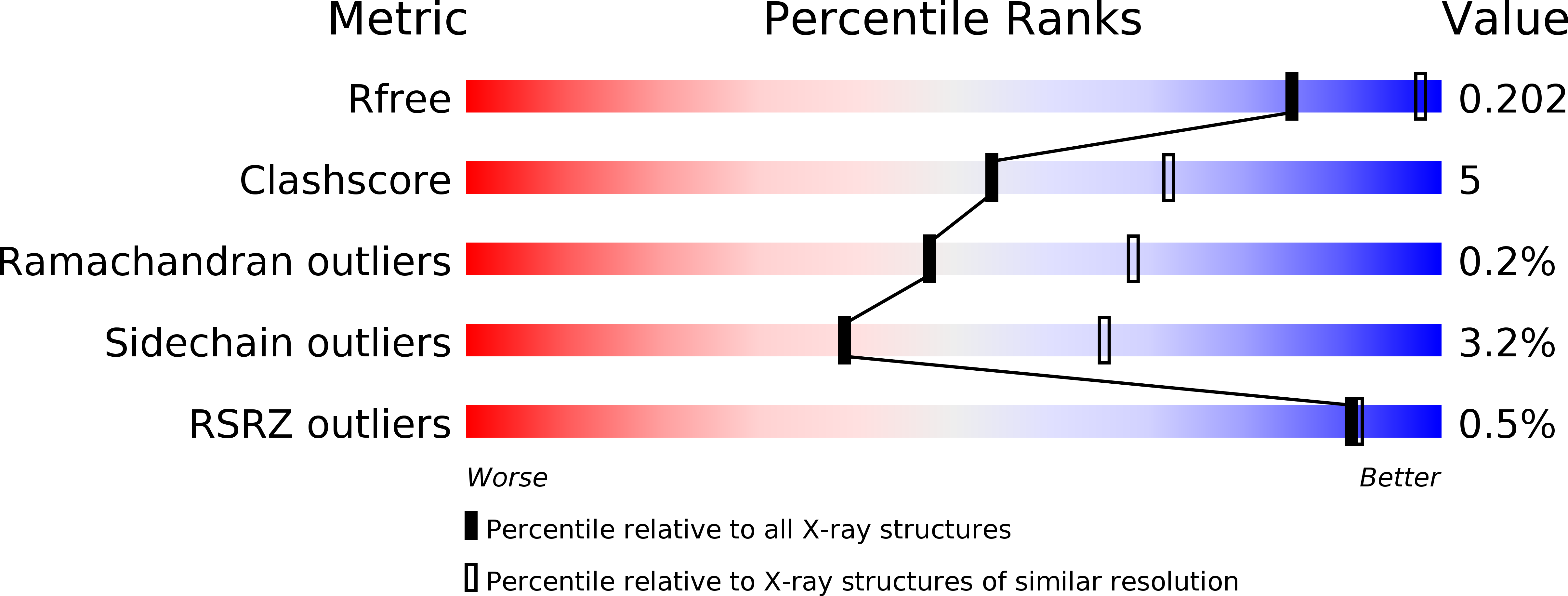
Deposition Date
2013-04-24
Release Date
2014-01-08
Last Version Date
2024-02-28
Entry Detail
PDB ID:
4KCW
Keywords:
Title:
Pyruvate kinase (PYK) from Trypanosoma brucei soaked with oxalate
Biological Source:
Source Organism:
Trypanosoma brucei brucei (Taxon ID: 5702)
Host Organism:
Method Details:
Experimental Method:
Resolution:
2.50 Å
R-Value Free:
0.20
R-Value Work:
0.15
R-Value Observed:
0.16
Space Group:
I 2 2 2


